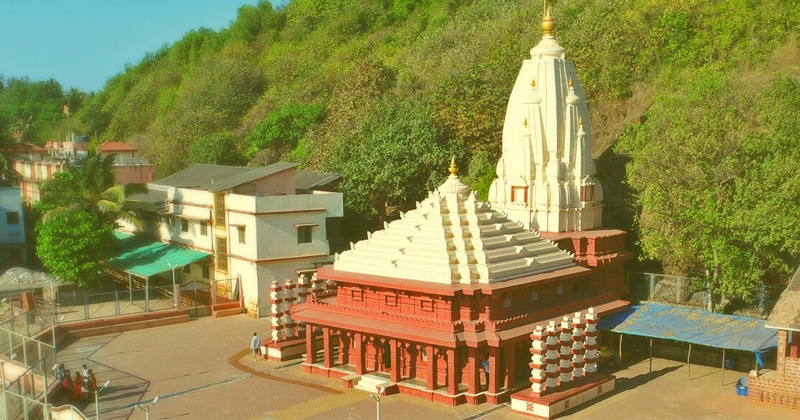
Ganpatipule Temple: all you need to know
Located on the Konkan coast of Maharashtra, Ganpatipule Temple is a honored place for many devotees in Maharashtra and across India. It is known for its Swayambhu Ganpati idol, which holds great importance in Hindu mythology. According to local folklore, the Ganesha idol in the temple is believed to be self-manifested. The temple is renowned for its peaceful and serene atmosphere, nestled amidst greenery and overlooking the azure waters of the Arabian Sea. The picturesque setting offers a perfect backdrop for spiritual contemplation and devotion. The gentle sea breeze and the rhythmic sound of waves create an atmosphere of tranquility, inviting visitors to immerse themselves in prayer and meditation. The temple holds special significance during festivals and religious occasions.
Nearby Attractions and Festivals
Tourists can visit several places around Ganpatipule Temple, such as Ganpatipule Beach, Jaigad Fort, Malgund Village, Ganpatipule Lighthouse, and Ratnagiri Marine Sanctuary. The most important festival celebrated at Ganpatipule Temple is Ganesh Chaturthi, the birth anniversary of Lord Ganesha, which features grand processions, elaborate decorations, and fervent prayers. Traditional music and dance performances can also be seen in the temple during this occasion. Navratri, a nine-day festival dedicated to the worship of the goddesses Durga, Lakshmi, and Saraswati, is also celebrated with daily prayers and colorful decorations.
Frequently Asked Questions (FAQ)
Q: What is the best time to visit Ganpatipule Temple?
A: The ideal time to visit Ganpatipule Temple is during the winter months, from October to February, when the weather is pleasant and conducive for sightseeing.
Q: Are there any entry fees for the temple?
A: No, there are no entry fees for Ganpatipule Temple. It is open to all devotees and visitors free of charge.
Q: How far is Ganpatipule Temple from the nearest airport?
A: The nearest airport to Ganpatipule is Ratnagiri Airport, located approximately 50 kilometers away. From there, visitors can hire taxis or use public transportation to reach the temple.
Q: What are some nearby attractions to explore?
A: Some nearby attractions include Ganpatipule Beach, Jaigad Fort, and Malgund Village, offering glimpses of coastal beauty and historical landmarks.
Q: Is photography allowed inside the temple premises?
A: Yes, photography is permitted inside Ganpatipule Temple, allowing visitors to capture cherished moments and memories of their spiritual journey.


Write a Review